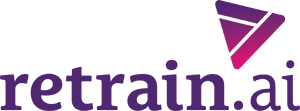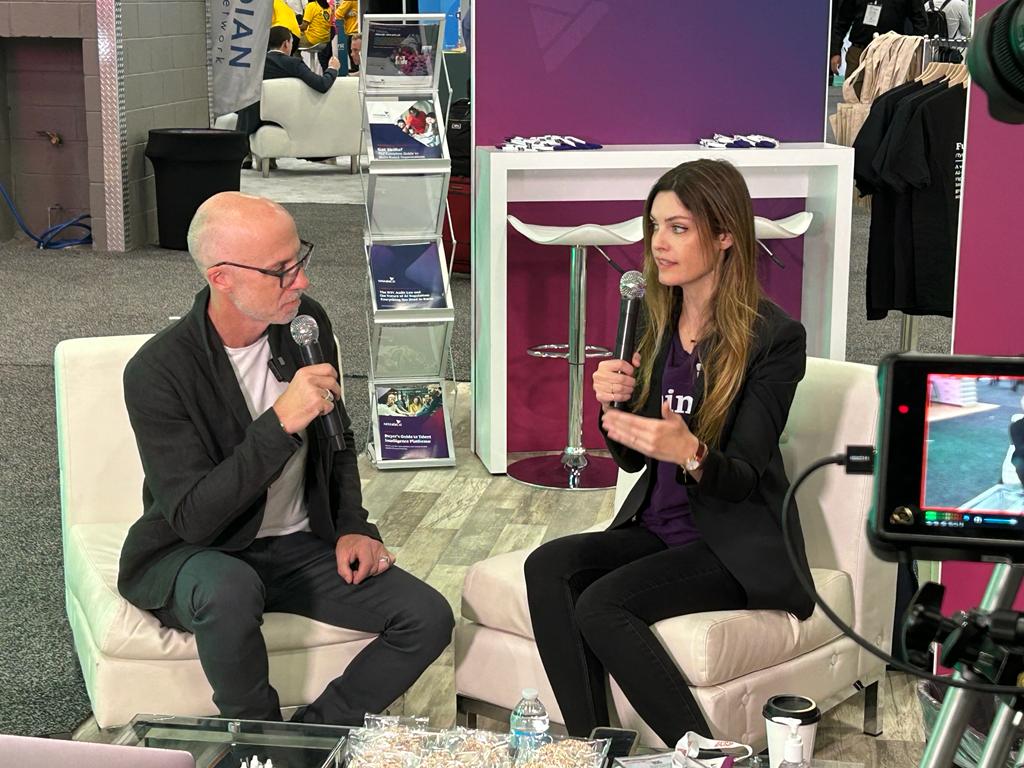Anthony Klot, an organizational psychologist, coined the term “The Great Resignation” (or The Big Quit) to adeptly describe the trend of employees leaving their jobs voluntarily. Starting from March 2021, 19 million Americans have quit their jobs. Six months later, this “Great Resignation” continues to grow.
Recent data from the US Bureau of Labor Statistics shows in August 2021, the percentage of workers quitting reached 2.9% – the highest since 2000. Unsurprisingly, 88% of executives surveyed by PWC say their organizations are experiencing unusually high turnover rates. These “big quits” are happening across all industries and age groups. Interestingly, even though turnover is historically more prevalent among younger employees, mid-career workers are leaving jobs at higher rates.
But what is causing the mass exodus of workers?
1. Employees expect well-defined growth.
The COVID-19 pandemic has undoubtedly changed the meaning of work, causing many to reassess their priorities. Employees are seeking fulfilling work tailored to match their potential. Without flexibility or career advancement, employees are eagerly looking elsewhere.
The rise in remote work opportunities has made it even easier for employees to make a switch. Prioritize career mobility will become paramount for leading organizations looking to retain and protect top talent. According to Gallup, 87% of millennials and 69% of non-millennials prioritize career growth opportunities in a potential job. This requires organizations to have a deep understanding of individual skills and capabilities, as well as business needs, in order to match people to relevant opportunities.
2. Inclusion is a priority.
While workers of all ages are leaving their jobs, most are women. According to the US Bureau of Labor Statistics, 300,000 women left the workforce in September 2021, while the 194,000 new positions were filled by men. Since the start of COVID-19, the rate of women leaving the workforce has doubled that of men. According to the National Women’s Law Center, the current rate of female participation in the workforce is 57%, which is the lowest it has been since 1988.
While the primary reason is due to a lack of work-life balance and infrastructural support, organizations play a key role in retaining female workers. Managers who provide empowering career opportunities can help workers feel valued for their unique skills and perspectives. Additionally, in upskilling and placing women in higher positions, organizations can help achieve wage equity and support inclusive career advancement.
3. Engagement is key.
The majority of employees quitting their jobs during the Great Resignation are disengaged. Regardless of pay or workplace perks, employees are seeking work that drives purpose. In fact, employees who are engaged are 87% less likely to leave their jobs. According to Gallup’s 2021 State of the Workplace report, disengagement causes organizations $60.3 million dollars a year, in addition to hiring costs to replace employees who have left.
As hybrid offices and digital work practices become the norm, designing an effective employee experience is more important than ever. According to a study by the Harvard Business Review, the solution lies beyond employee engagement programs, which are shown to boost scores temporarily but provide little ROI in the long term. Instead, organizations that prioritize the continuous employee experience are four times more profitable, outperforming the S&P 500. Redesigning learning and development (L&D) practices is central to creating an effective employee experience.
Wrap Up
Countries all over the world, from the United States to Germany, are experiencing significant worker shortages due to the “Great Resignation”. The shift to digital and hybrid workplaces has redefined how employees view their jobs, and how companies are able to retain workers. Through these labor market disruptions, companies that are able to engage their workers over the long term will be able to keep them. retrain.ai provides critical talent intelligence to match employees to the right jobs and development opportunities by analyzing their skills.










